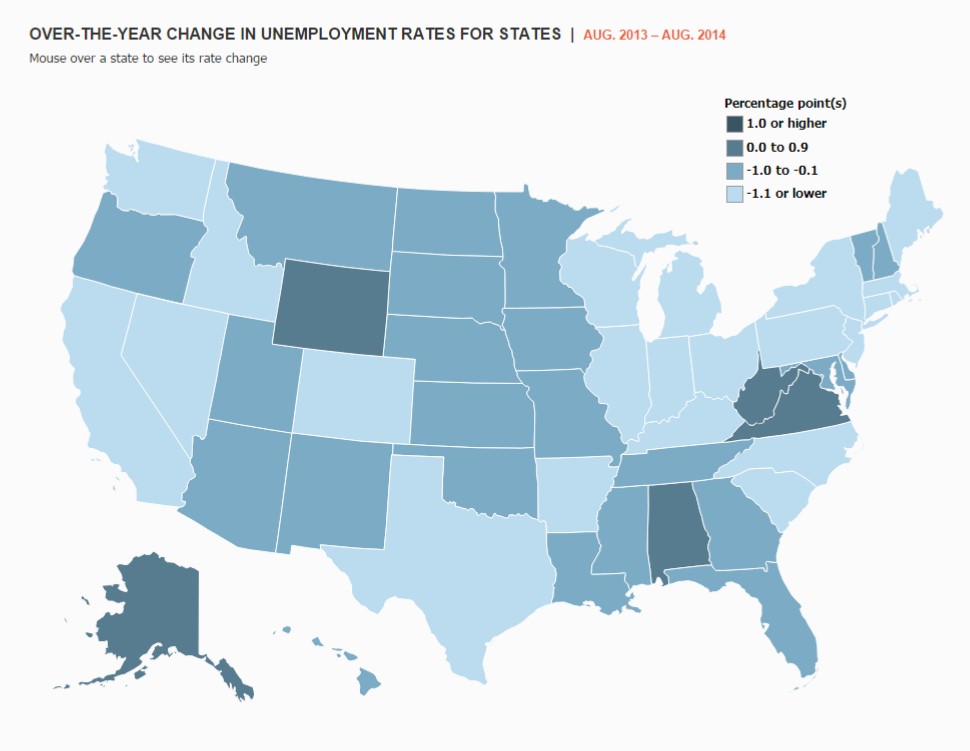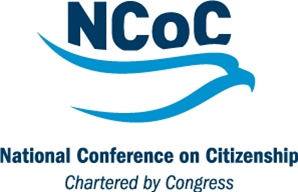CT Unemployment Rate in Construction Industry Improving, But Remains Among Highest in US
/Connecticut’s unemployment rate in the construction industry remained among the highest in the U.S., ranked 39th among the 50 states in October, although the year-over-year change was the 12th best in the country. Connecticut’s October unemployment rate in the industry was 6.7 percent, higher than the U.S. average of 5.7 percent, according to data released by the Associated Builders and Contractors (ABC). 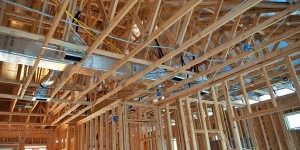 The state’s construction industry unemployment rate nudged downward from 7.1 percent in September, but was 6.4 percent in July 2016. In recent years, the rate ballooned to 18.1 percent in October 2010, at the height of the recession, from a low of 5.8 percent in October of 2008.
The state’s construction industry unemployment rate nudged downward from 7.1 percent in September, but was 6.4 percent in July 2016. In recent years, the rate ballooned to 18.1 percent in October 2010, at the height of the recession, from a low of 5.8 percent in October of 2008.
Overall, the U.S. construction industry added 19,000 net new jobs in November and has now added jobs for three consecutive months, according to analysis of U.S. Bureau of Labor Statistics data compiled by Associated Builders and Contractors. 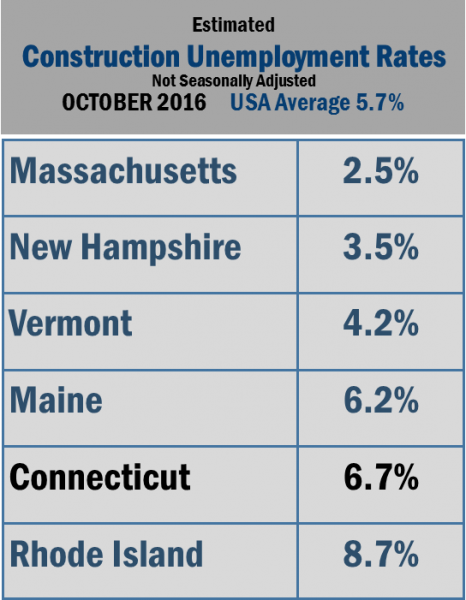
Industry employment is up by 2.4 percent on a year-over-year basis, considerably faster than the overall economy’s 1.6 percent job growth rate. Construction industry employment growth would likely be much sharper if more suitably skilled or trainable workers were available to fill available job openings, according to the ABC.
The data indicate that skilled labor shortage nationally appears to be impacting nonresidential activity more than residential. The nonresidential sector added 1,100 net new jobs in November, while the residential sector added 19,600 positions. Heavy and civil engineering lost 2,100 jobs for the month.
“The demand for construction talent was strong before the election, and the outcome has improved the near-term outlook for private and public construction activity,” said ABC Chief Economist Anirban Basu. “The implication is that demand for construction workers is positioned to remain high, which will translate into gradual reduction in industry unemployment and significant wage pressures.
In the state-by-state numbers, calculated for October, the states with the lowest estimated not-seasonally-adjusted construction unemployment rates were North Dakota, Massachusetts, Colorado, Utah, New Hampshire and South Dakota. October not seasonally adjusted (NSA) construction unemployment rates were down in 33 states, including Connecticut, on a year-over-year basis. Connecticut's October 2015 unemployment rate in the construction industry was 8.0 percent.
North Dakota’s unemployment rate in the industry was 2.4 percent, with Massachusetts at 2.5 percent. New Hampshire’s construction industry unemployment rate was 3.6 percent. Elsewhere in New England, Rhode Island’s unemployment rate in the construction industry was fourth highest in the nation, at 8.7 percent in October.
The unemployment rate for all U.S. industries fell to 4.6 percent in November, the lowest rate since mid-2007 and 0.3 percentage points below October’s rate. The labor force lost 226,000 persons for the month, but is still more than 2 million people larger than at the same time one year ago, officials pointed out.


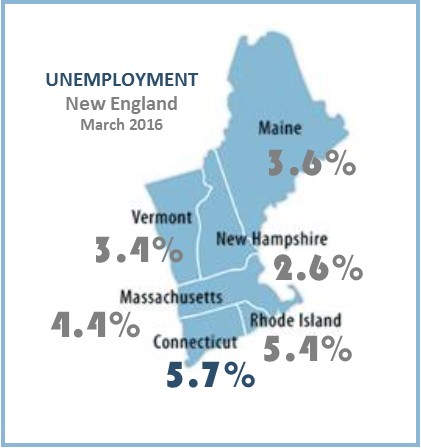 Thirty-six states including Connecticut (and the District of Columbia) had unemployment rate decreases from a year earlier, 12 states had increases, and 2 states had no change.
Thirty-six states including Connecticut (and the District of Columbia) had unemployment rate decreases from a year earlier, 12 states had increases, and 2 states had no change.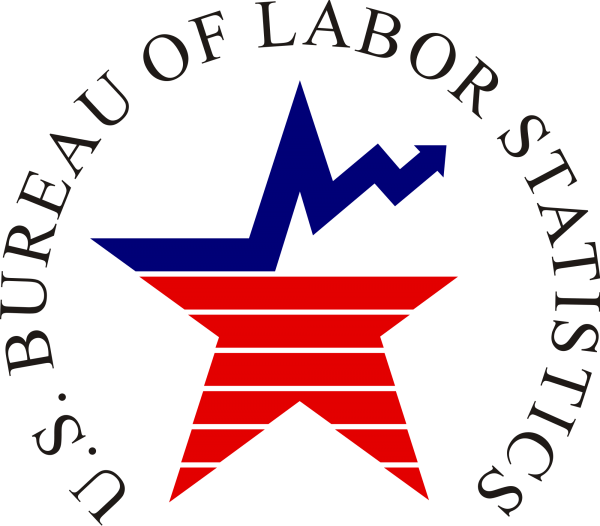
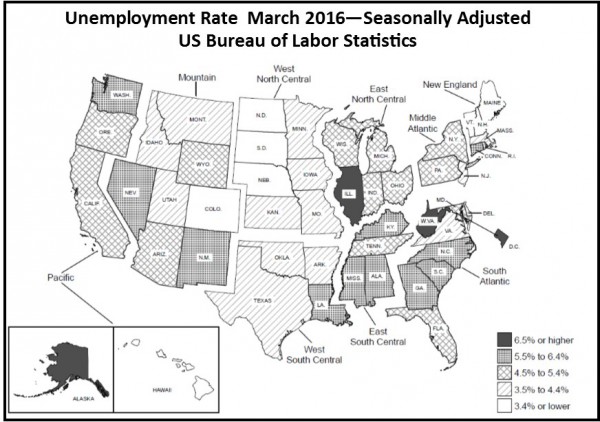
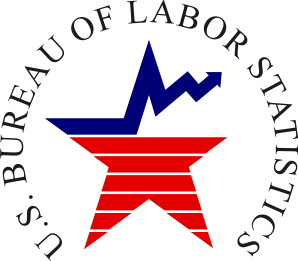 nt), Michigan and Pennsylvania (1.6 percent). Also faring slightly better than Connecticut in reducing their state unemployment rate over the year were California, Idaho, New Hersey, Arkansas, Massachusetts, Washington, Kentucky and New York. North Carolina was tied with Connecticut.
nt), Michigan and Pennsylvania (1.6 percent). Also faring slightly better than Connecticut in reducing their state unemployment rate over the year were California, Idaho, New Hersey, Arkansas, Massachusetts, Washington, Kentucky and New York. North Carolina was tied with Connecticut.